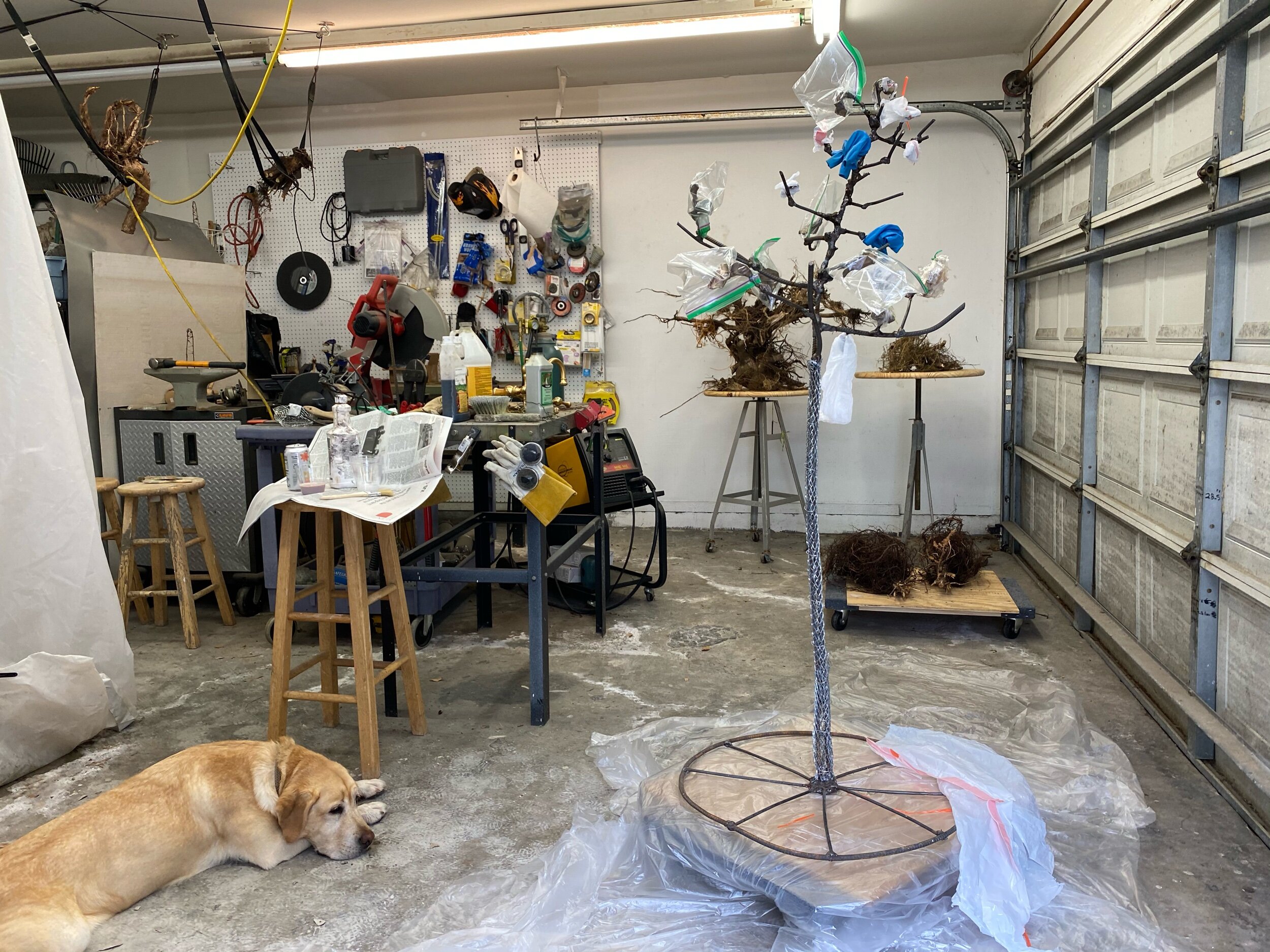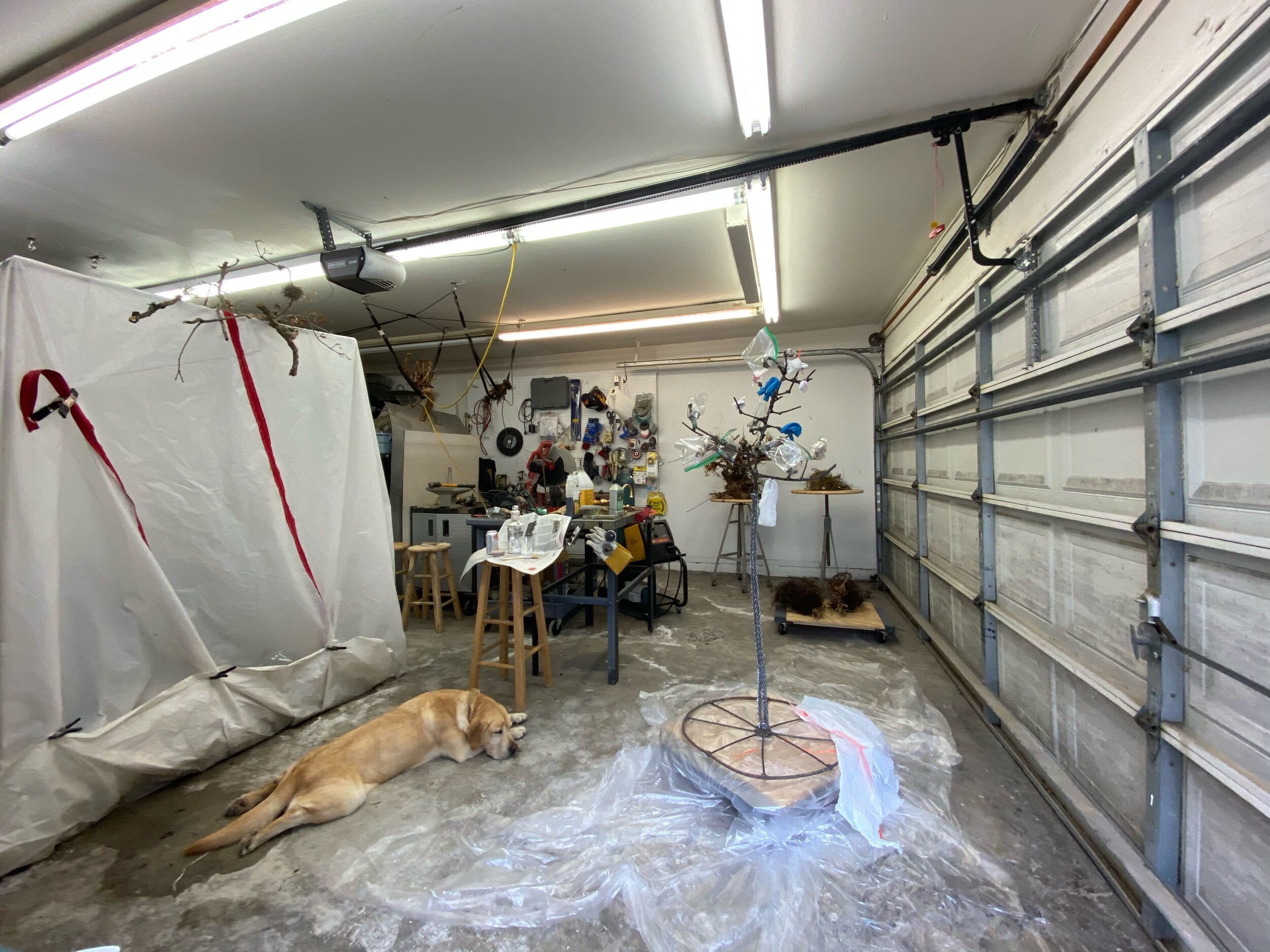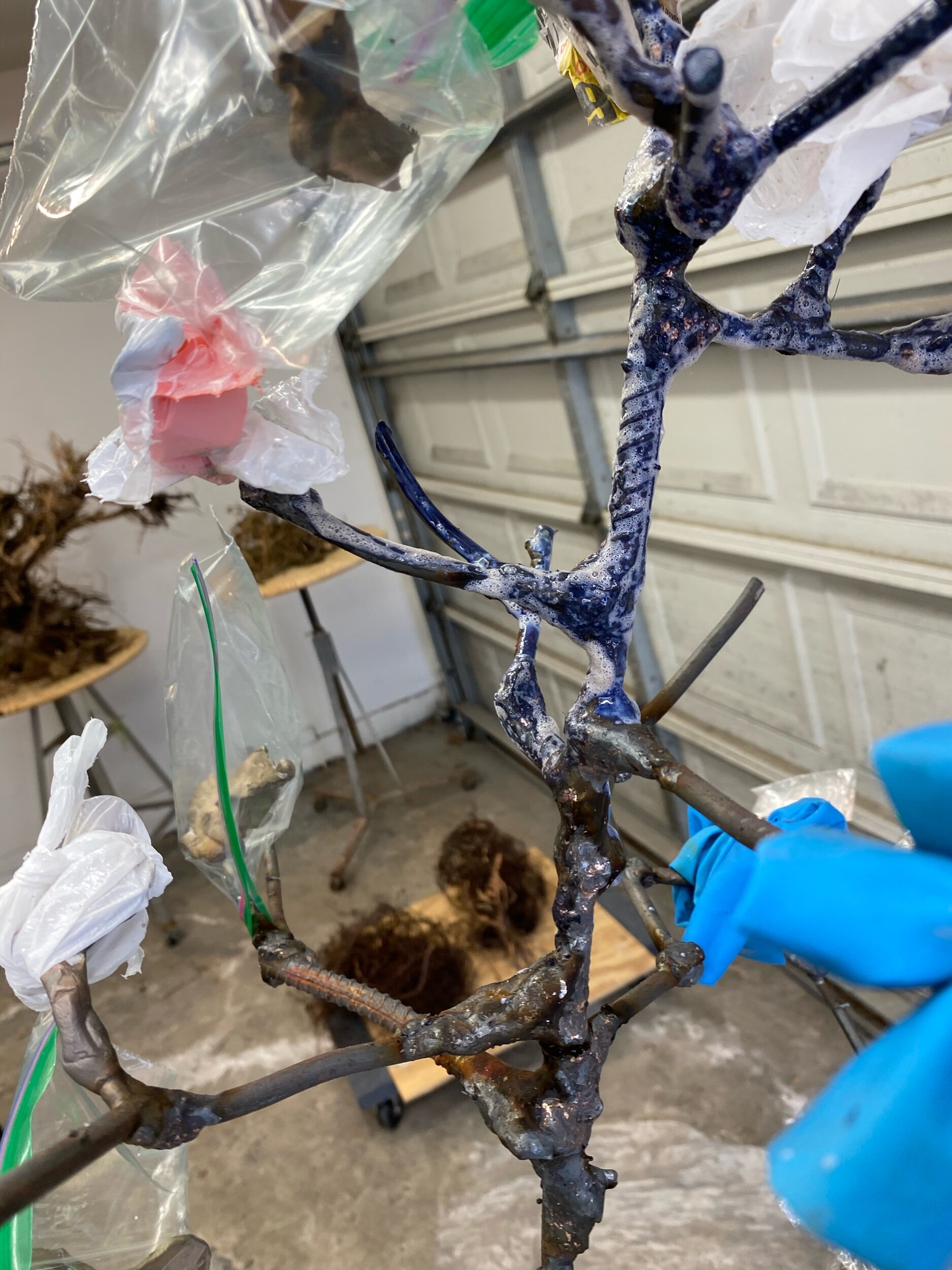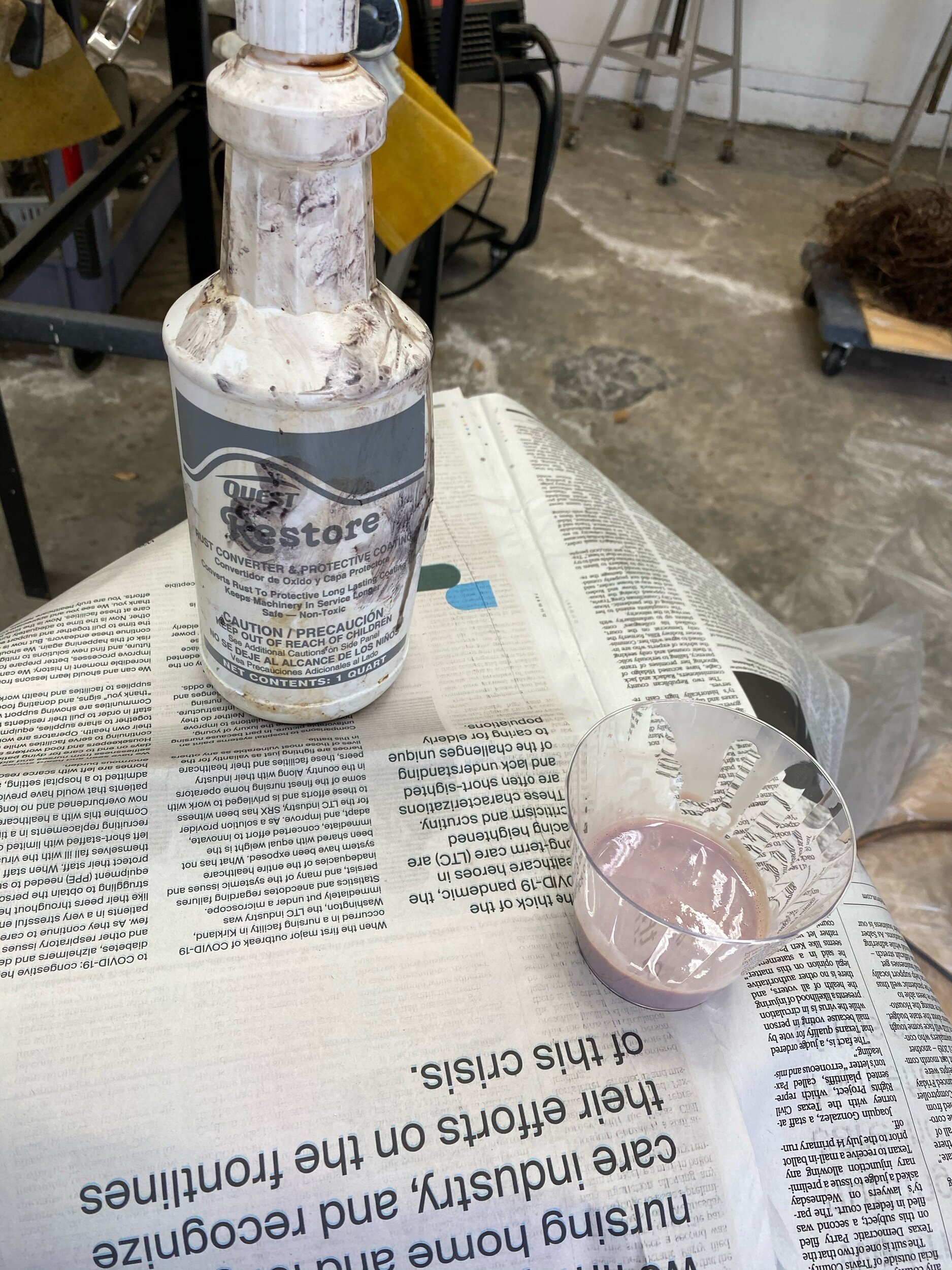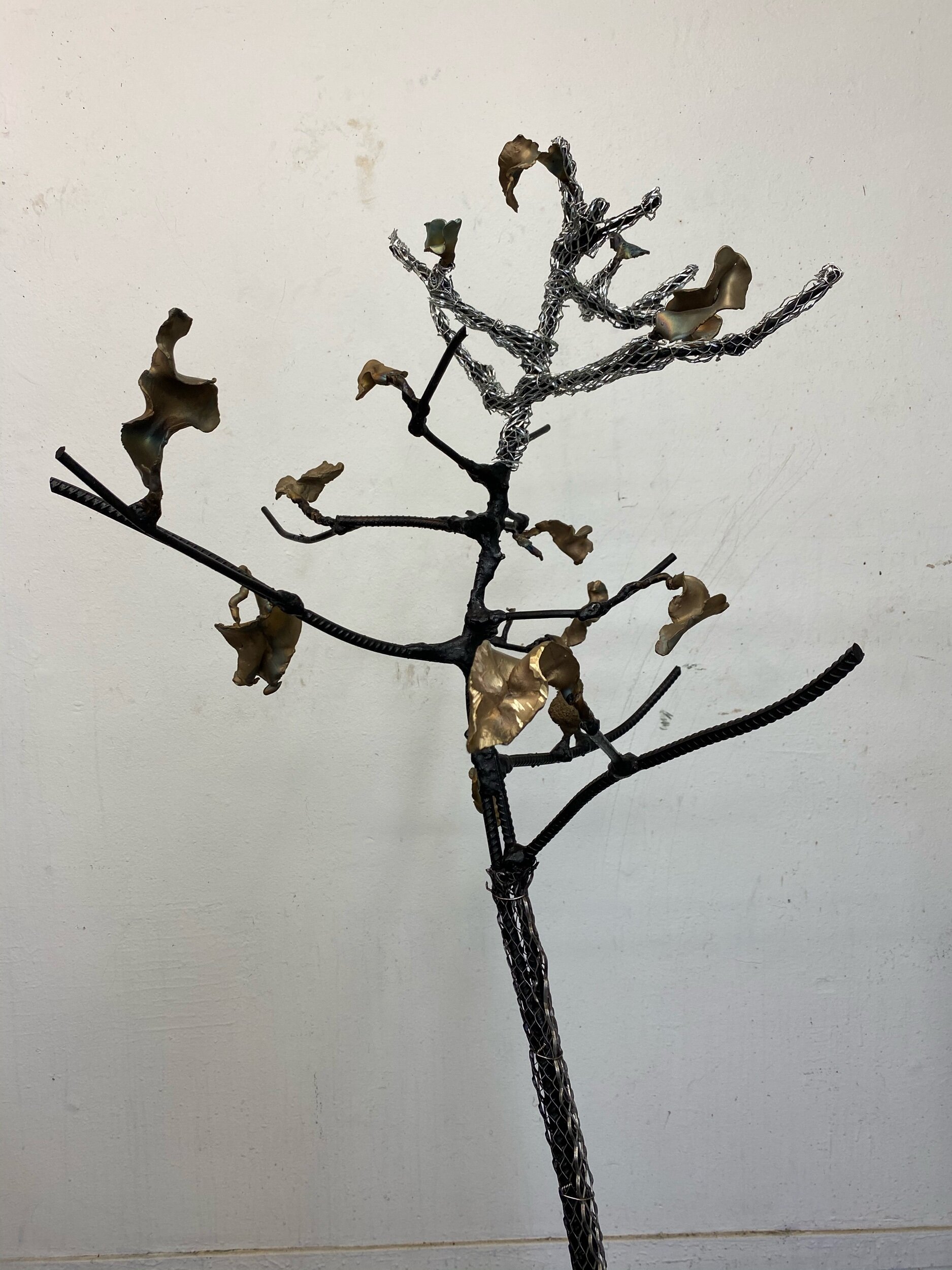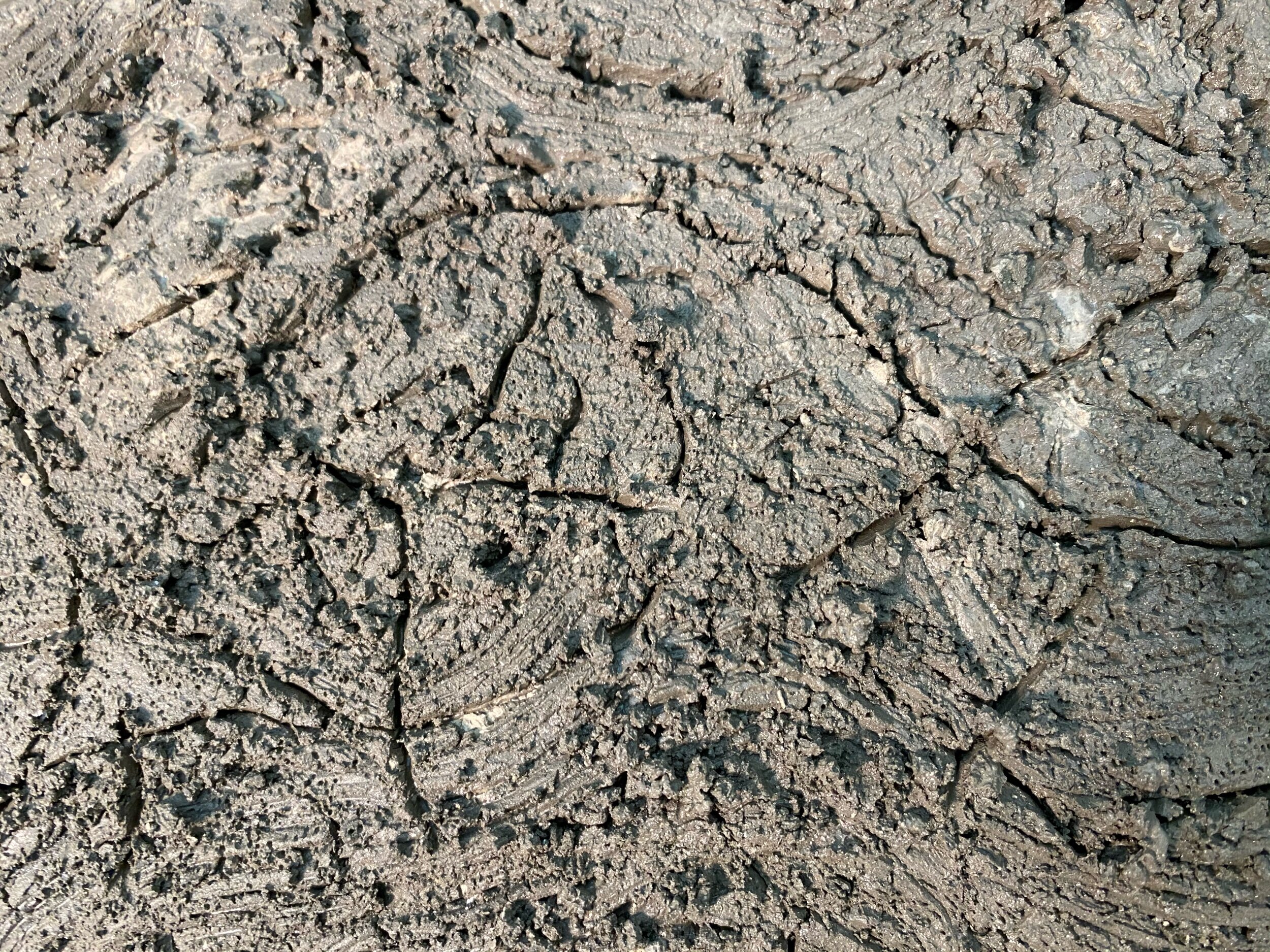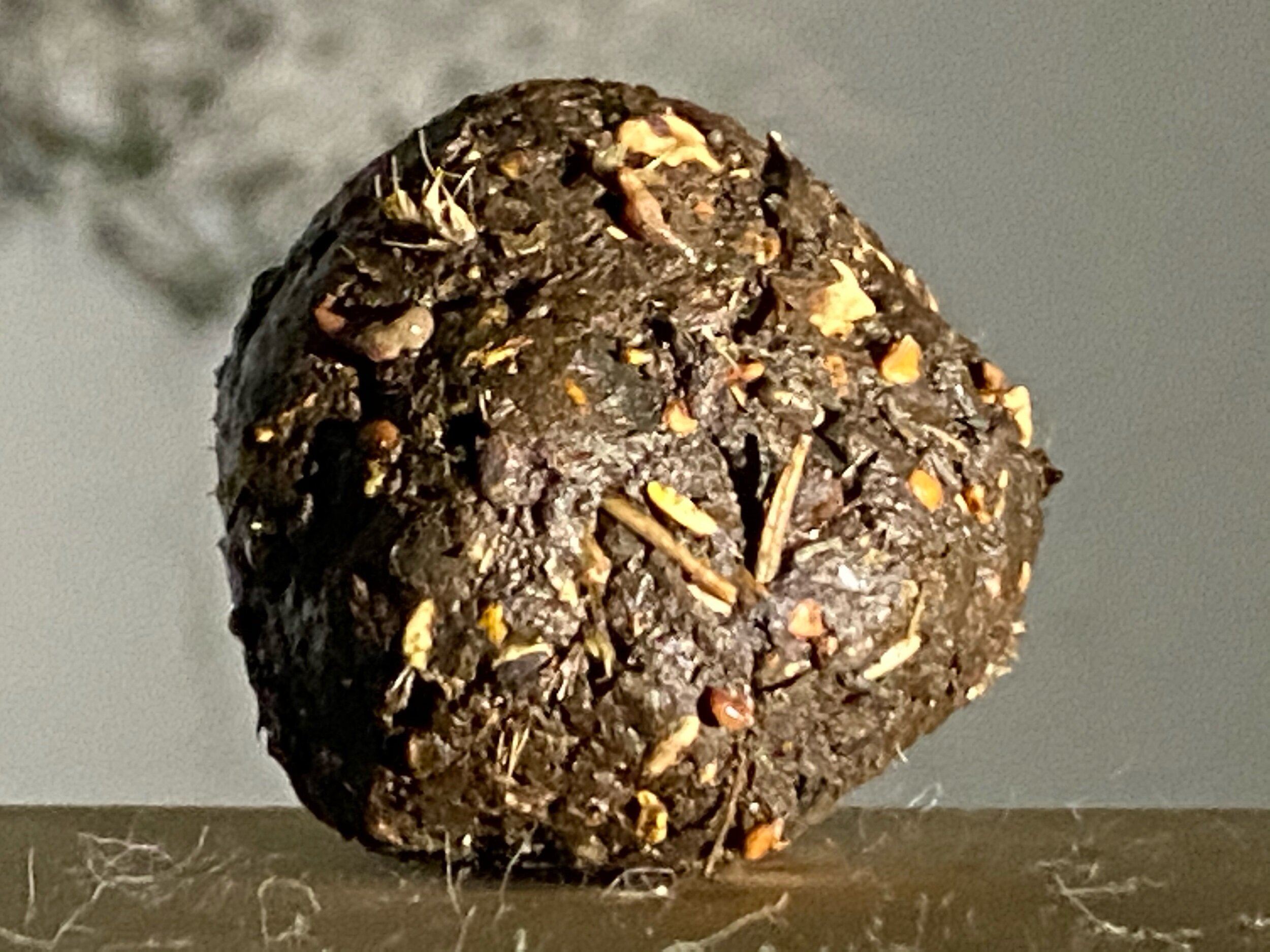It was never my intent to become an environmental activist – I am beginning to wonder if that is what I am. Since the below email I have had one meeting with Sally Alcorn and her assistant Hannah Cobb. They are on board with my thoughts and want to help. We decided the first step is to look at the citi’s present landscape ordinance, and then Coronavirus 19 hit Houston.
I guess even in a pandemic certain things have to continue, such as city budget planning. I received an Instagram message from Sally April 27th at about 11:00 pm regarding a video of the City Council meeting and the City Parks budget. I will make another blog post summing up the results of that meeting. Maybe this pandemic will open some doors that normally would not budge.
TO: Sally Alcorn salliealcorn@comcast.net
Dec 27, 2019, 10:14 AM
RE: Houston’s impact on bees.
Sally,
It was great to run into you at the mother-daughter Christmas party. I appreciate your interest in positioning Houston to become the leading city in the U.S., addressing the native bee environmental issue. You have a lot on your plate with your new elected position, so I thought I would recap a few of the important topics we discussed.
Scientists predict that without pollinators, human life can only continue for four years. In 2017, the U.S. Fish and Wildlife Service listed the Rusty Patch Bumble Bee on the endangered species list. The campaign to list a species as endangered is lengthy and complicated. With this system, it is difficult to gauge how many species are actually endangered.
Bees are responsible for pollinating 75% of the world's flowering plants; they are crucial for the production of most fruits, nuts, and berries – our agriculture depends on pollination by bees.
Rural areas are highly impacted by the unanticipated consequences of our industrial agriculture’s dependence on chemicals that weaken bee’s immune systems. Urban bee populations can be more diverse than in rural areas. Researchers are finding in cities such as Chicago, Berlin, Berkley, and Melbourne that have reimagined their parks, neighborhoods, city centers, vacant lots, street medians, and rooftops planted with native flowers, grasses, and fruit, and vegetables support healthy, vibrant wild native bee populations.
In the US, there are four thousand native bee species. They pollinate over three hundred times more effectively than honey bees. For example, A single female Leafcutter Bee visits 100,000 plus blossoms per day whereas a honey bee visits 50-1000.
Unlike the honey bee, Native bees do not swarm, are not aggressive. Native bees are perfect for urban population centers.
Houston covers 600 square miles of land and has one of the longest growing seasons in the U.S. As it continues to sprawl across Texas, its gardens must increasingly become a refuge for native plants and animals. With 2.3 million people living in the most vital economic, cultural center of the south, we can become the most critical urban native bee habitat in the United States.
I have spent the last year and a half studying the bee situation as it pertains to my art and my interest in regenerative agriculture. I am determined to take this knowledge and save the bee in urban settings.
With Houston's land size, population, and location in the Sunbelt like it or not-we are impacting the bee population.
I realize we will have to start with baby steps. Let's put our creative minds together, save the native bees, and build a better energy capital. This is a great opportunity for our new city council.
I am very flexible are weekdays or weekends better for you to get together?
Best,
Cindee
P.S.
If Cuba can create urban gardens to feed it’s poor can you imagine what we can do.
https://www.usnews.com/news/cities/articles/2019-02-13/urban-agriculture-what-us-cities-can-learn-from-cuba

